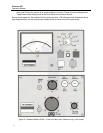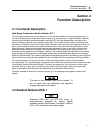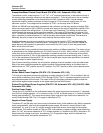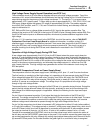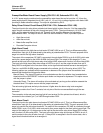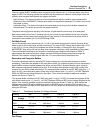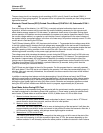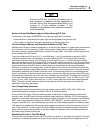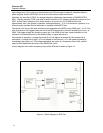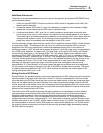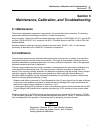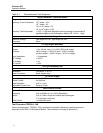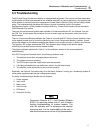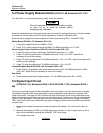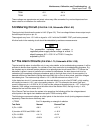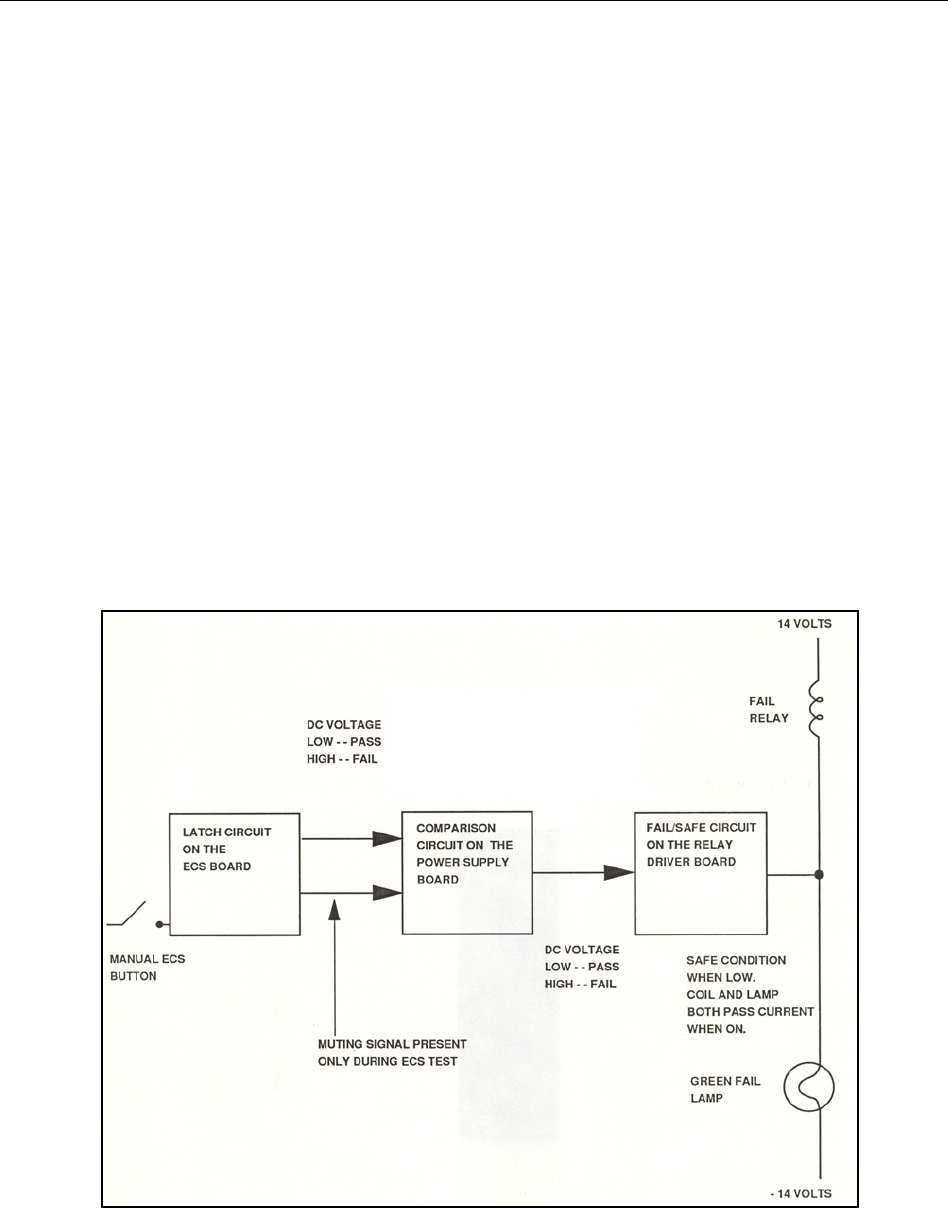
Victoreen 875
Operators Manual
4-8
high voltage ramp. The overall circuit that monitors the ECS test also includes U2, described with the
power supplies; and the SAFE/FAIL circuit on the relay driver printed circuit board.
Ultimately, by the action of R218, the charge integration adjustment potentiometer (CHARGE INTEG.
ADJ.), charging capacitor C209, and other auxiliary elements, a DC voltage is produced on terminal 10 of
U201, and an output voltage on pin 8 which results in an input to pin 10 of U208 which will be
approximately zero if the system is operative, and approximately + 15 V it a malfunction is present, or on
channel power-up before the first automatic or manually initiated ECS test.
This signal is the input to the latch-and-flop circuit composed of the NOR circuits U202 (pins 1 to 13). The
latch is quiescent until triggered near the end of the ECS test period by the latch-enable input on pin 1 of
U202. This trigger voltage will cause the output (pin 10 of U202) to flop from a pass indication to a fail
indication if a malfunction exists in the detector cable, or signal input circuit.
If the system is operative, a voltage that is low (6.2 V) will appear at terminal 8; if the system has a
malfunction, a voltage that is high (+15 V) will appear at this terminal (+15 V will appear momentarily
immediately after power on). This voltage determines the action of a comparison circuit U4A, and the
output of U4A determines the action of the SAFE/FAIL circuit.
A block diagram of the entire monitoring circuit of the ECS test is shown in Figure 4-1.
Figure 4-1. Block Diagram of ECS Test



